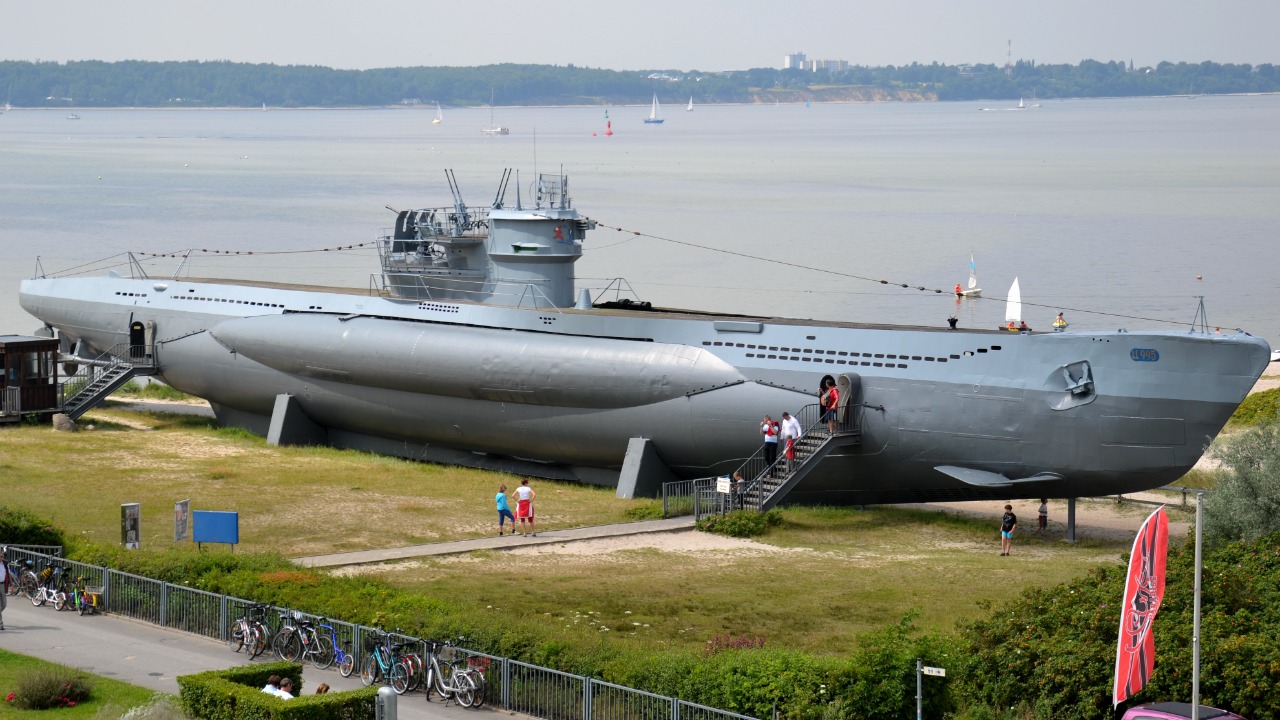
Submarines have played pivotal roles in altering the course of naval warfare. From covert operations to decisive strikes, their contributions have been significant in various major battles throughout history. Here’s a look at some of the most impactful moments where submarines made a difference.
The Battle of the Atlantic: Turning the Tide in World War II
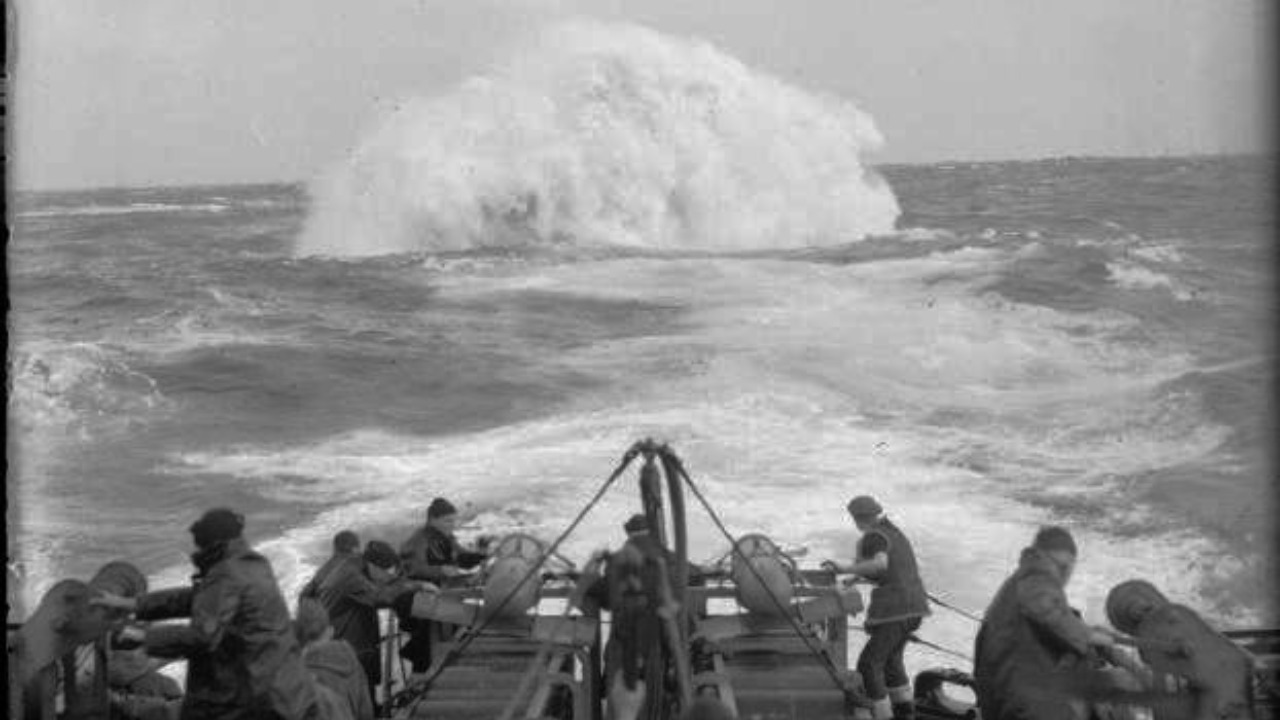
During World War II, the Battle of the Atlantic was crucial for controlling supply routes between North America and Europe. German U-boats initially wreaked havoc, but the tide turned as Allied forces improved their anti-submarine tactics. The implementation of the convoy system, along with technological advancements like sonar, played a significant role in countering the U-boat threat. This shift was instrumental in maintaining the flow of essential supplies to the Allies.
The U.S. and British navies used submarines not only for offensive operations but also for intelligence gathering. These efforts helped to decimate the German U-boat fleet, ensuring the success of the Allied cause. Learn more about submarine actions during WWII.
The Russo-Japanese War: Submarine Innovation at Port Arthur
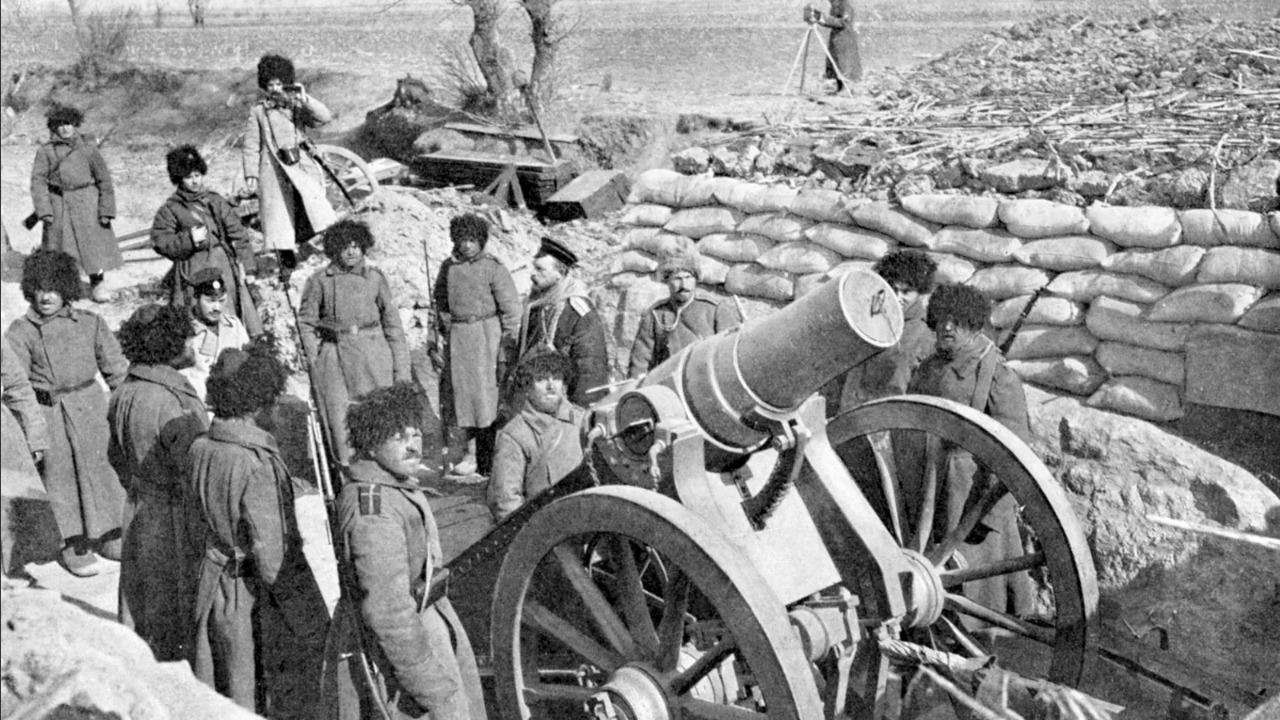
The Russo-Japanese War marked one of the first uses of submarines in warfare. The conflict saw innovative tactics from the Japanese, who blockaded Port Arthur to cut off Russian supply lines. Although submarines were still in their infancy, their strategic deployment demonstrated their potential in naval battles.
The use of submarines in this conflict underscored their emerging importance in warfare. While not decisive, their presence signaled a new era of naval strategy that would be explored more fully in future conflicts.
The Falklands War: The Sinking of the ARA General Belgrano
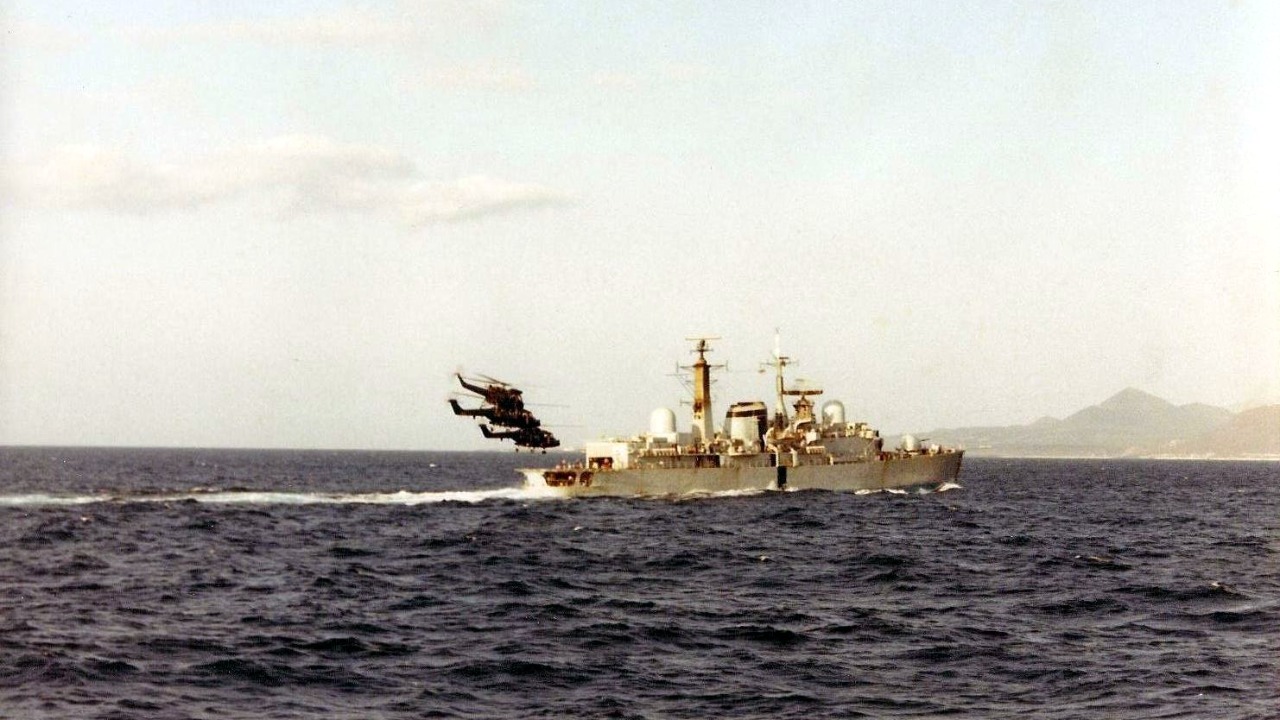
One of the most significant submarine actions during the Falklands War was the sinking of the Argentine cruiser ARA General Belgrano by the British submarine HMS Conqueror. This marked the first time a nuclear-powered submarine engaged and sank an enemy ship in combat. The sinking had profound strategic implications, as it effectively neutralized the Argentine navy’s threat to the British task force.
The event also underscored the deterrent power of submarines, shifting the balance of naval power in the conflict. Read more about this pivotal engagement.
World War I: U-boat Campaign and the Convoy System

During World War I, German U-boats posed a significant threat to Allied shipping. Their unrestricted submarine warfare strategy aimed to cut off supplies to Britain by targeting merchant vessels. The initial success of this campaign forced the Allies to adapt by organizing ships into convoys, which were escorted by armed vessels to protect against U-boat attacks.
This strategic shift was crucial in mitigating the U-boat threat and ensuring the continued supply of resources to the front lines. The convoy system’s success in countering the U-boats was a turning point in the naval theater of World War I.
The Cold War: The Cuban Missile Crisis and Submarine Deterrence
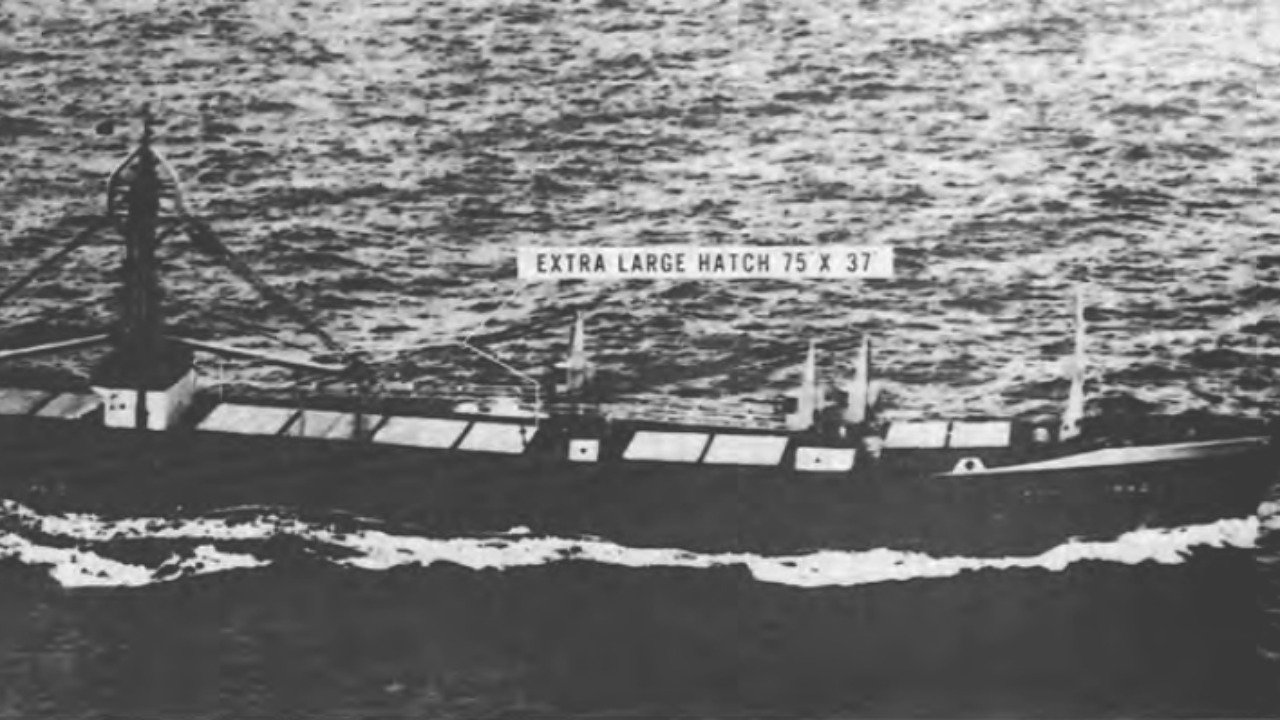
Submarines played a critical role during the Cuban Missile Crisis, a pivotal moment in the Cold War. As tensions between the United States and the Soviet Union reached their peak, submarines were on the front line of nuclear deterrence. The presence of U.S. ballistic missile submarines, known as “boomers,” provided a formidable second-strike capability that was essential for maintaining the balance of power.
The crisis highlighted the strategic importance of submarines in nuclear deterrence, demonstrating their ability to remain undetected while carrying out critical missions.
The Korean War: USS Perch’s Covert Operations
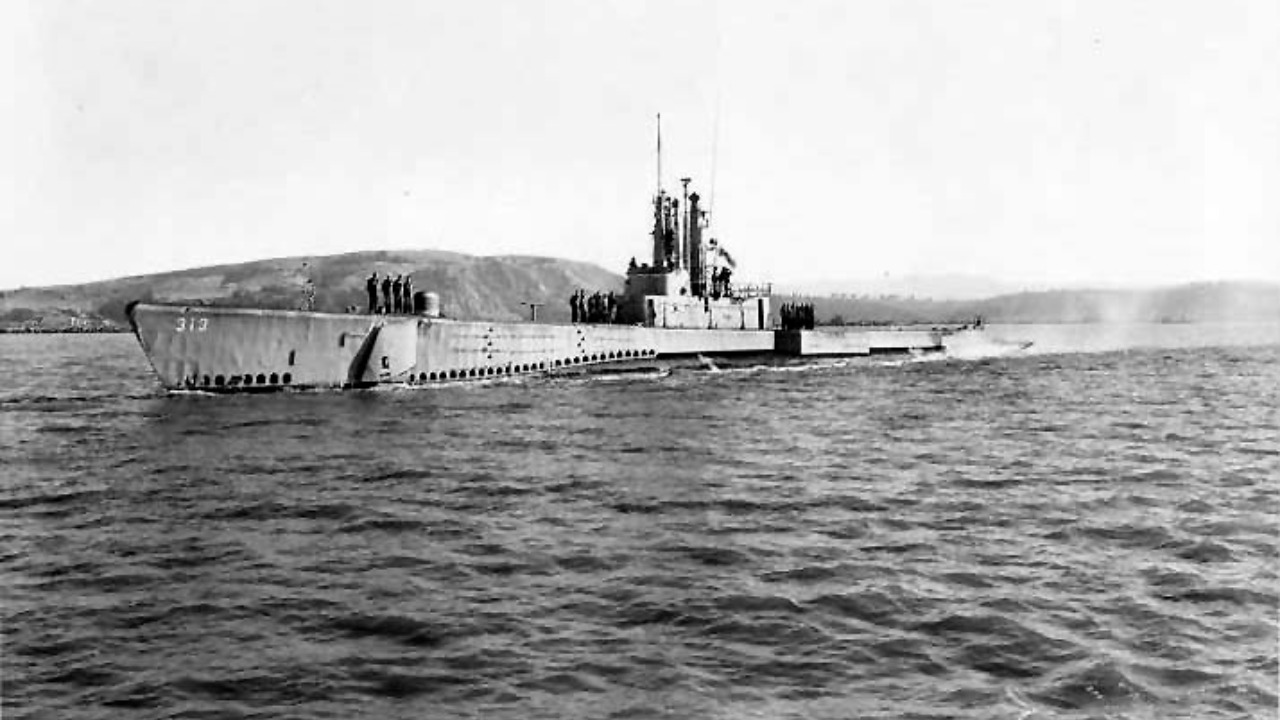
During the Korean War, the submarine USS Perch played a crucial role in covert reconnaissance missions. Tasked with gathering intelligence on enemy positions and movements, the USS Perch operated in hostile waters with stealth and precision. These missions provided valuable information that shaped the strategic decisions of UN forces.
The USS Perch’s operations highlighted the versatility and effectiveness of submarines in reconnaissance roles, further solidifying their place in modern naval warfare. Explore more about these covert operations.
The Six-Day War: Submarine Intelligence Gathering
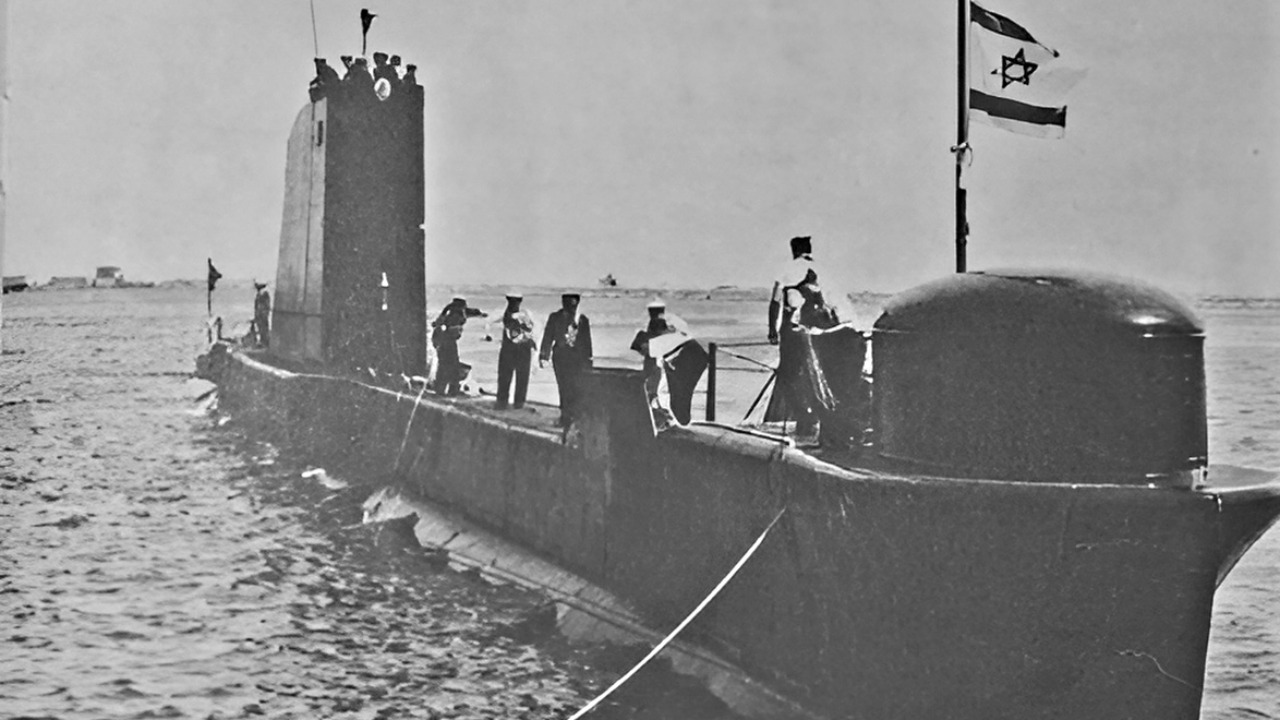
In the Six-Day War, submarines played a key role in intelligence gathering for the Israeli Navy. Submarines were deployed to monitor enemy movements and communicate crucial information back to command centers. This intelligence was instrumental in planning and executing operations that led to Israel’s swift and decisive victory.
The use of submarines for intelligence during the Six-Day War demonstrated their strategic value beyond traditional combat roles, highlighting their adaptability in various military scenarios.
The Indo-Pakistani War of 1971: INS Karanj’s Prowess
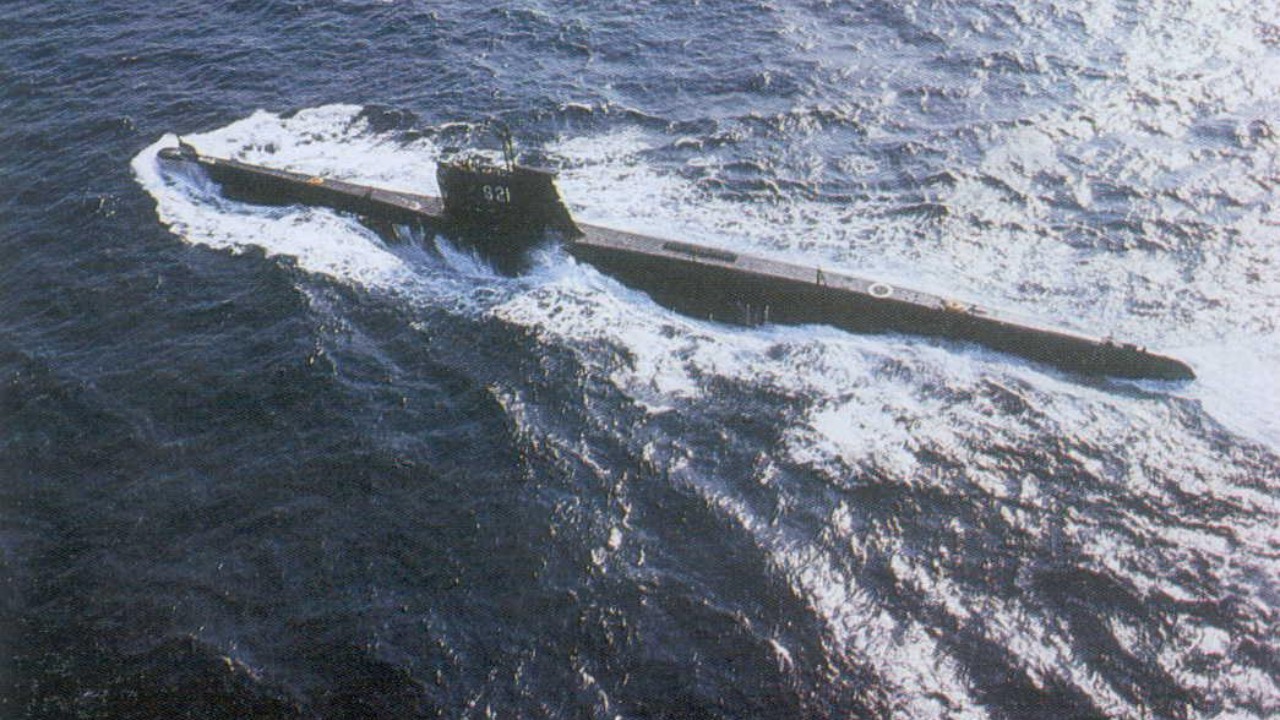
During the Indo-Pakistani War of 1971, the Indian Navy’s INS Karanj executed daring missions that disrupted Pakistani naval operations. Operating in the Arabian Sea, INS Karanj successfully evaded detection while carrying out reconnaissance and offensive operations against enemy vessels.
The submarine’s effectiveness in this conflict emphasized the critical role of submarines in asymmetric warfare, where they can leverage stealth and surprise to achieve strategic objectives. Read about other submarine exploits.
The Gulf War: Submarine-Launched Tomahawk Missiles
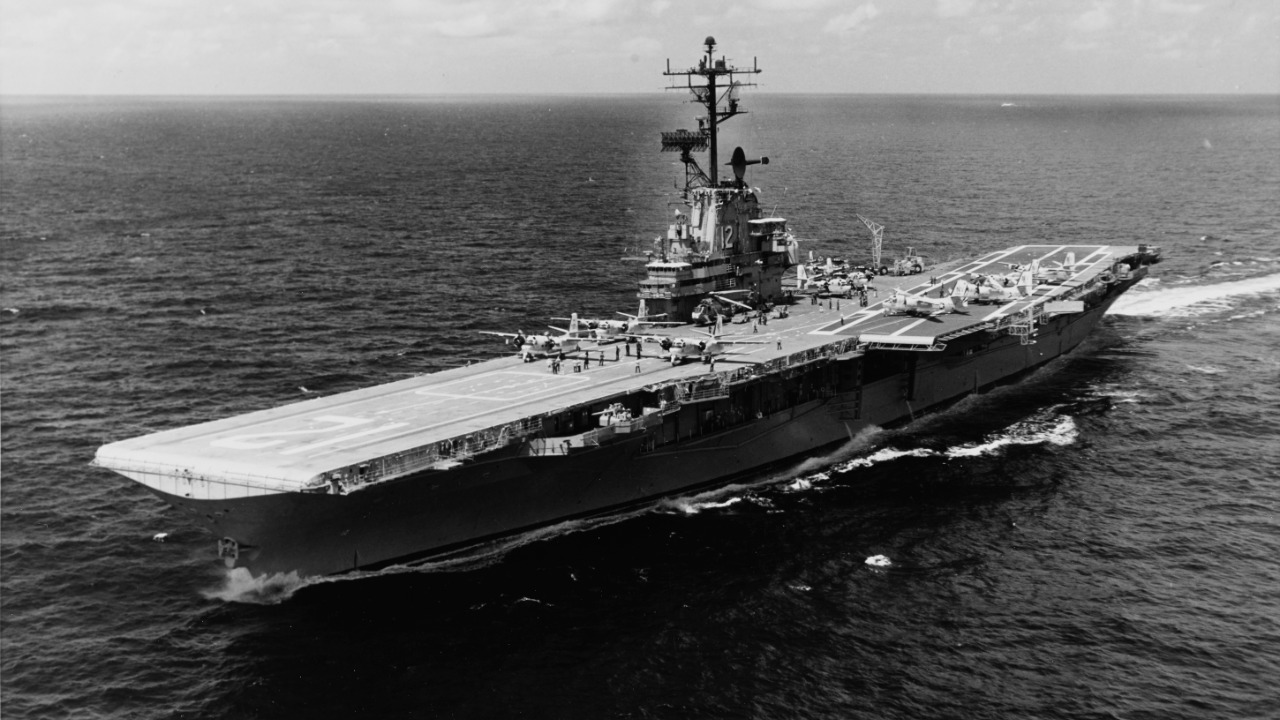
During the Gulf War, submarines were integral to the coalition’s military strategy. Submarine-launched Tomahawk missiles were used in the opening salvos of Operation Desert Storm, targeting critical infrastructure and military installations in Iraq. This capability allowed for precise strikes from a distance, minimizing the risk to coalition forces.
The use of submarines for launching Tomahawk missiles demonstrated their versatility and strategic value in modern warfare, providing a powerful tool for projecting military power without direct engagement.